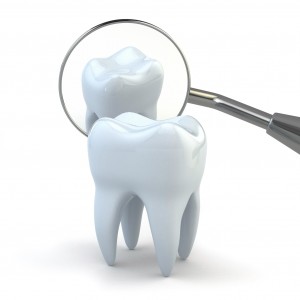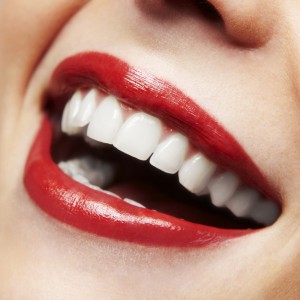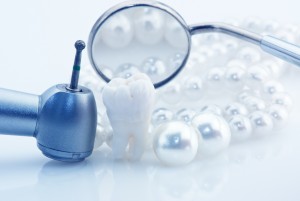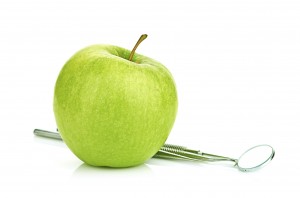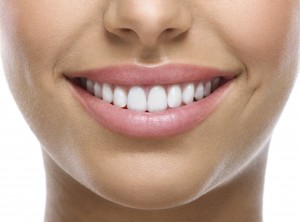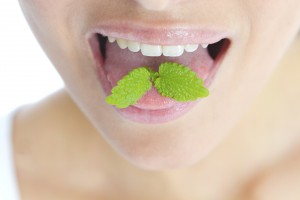 Bad breath isn’t just unpleasant – it can actually a sign of an unhealthy mouth. Typically known as halitosis, it can be the result of poor dental habits, or could be a sign of a much more serious dental or medical problem. Bad breath can be the result of a number of different conditions, but the most common dental causes fall into two groups: bacteria in the mouth and bacteria in the gums.
Bad breath isn’t just unpleasant – it can actually a sign of an unhealthy mouth. Typically known as halitosis, it can be the result of poor dental habits, or could be a sign of a much more serious dental or medical problem. Bad breath can be the result of a number of different conditions, but the most common dental causes fall into two groups: bacteria in the mouth and bacteria in the gums.
As you eat food, chewing breaks food into small particles that can become stuck between teeth, around the gums, and on the tongue. As bacteria break down that food, the bacteria can release foul odors, which will be exhaled and noticeable to others. Patients with cavities caused by tooth decay are more likely to have food particles and bacterial colonies present – the cavities provide a protected space for bacteria, increasing the likelihood of odor causing bacteria being present.
Like tooth-born bacteria, patients with periodontal disease are likely to have bad breath. Periodontal disease is an infection within the gums, typically caused by poor oral hygiene. As plaque and tartar build up against the gums, bacterial colonies build beneath the surface of the gums, creating large colonies that not only produce foul odors, but also damage gum and bone tissue, and could potentially cause severe dental issues such as tooth loss.
Because the root cause of bad breath is often bacteria, an antiseptic mouthwash can often help mitigate bad breath – at least for a while. However, it’s important to remember that mouthwash doesn’t necessarily remove all bacteria; it only kills some bacteria for a short period of time. While mouthwash, brushing, and flossing can treat some causes of bad breath, patients with chronic bad breath should be sure to visit their dentist to ensure that no deeper problem is present, such as tooth decay or periodontal disease.
Contact Dr. George Kirtley for an appointment today to get the bright white smile you have always wanted at 317-841-1111 or generaldentistryindianapolis.com.
Dr. George Kirtley welcomes patients from Spring Hill, Beech Grove and Warren Park


